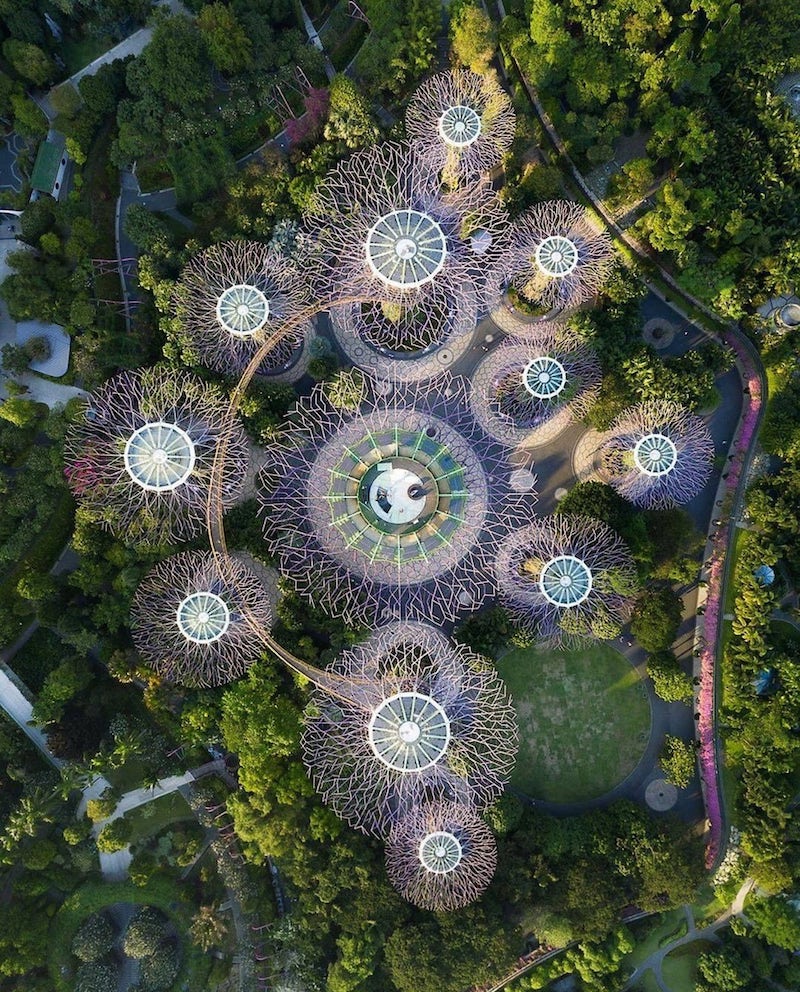Davos Agenda: BiodiverCities by 2030
March 3, 2021
The need to transform the relationship between cities and nature has become ever more urgent. Over half of the world’s population lives in cities, with an estimated 1.5 million additional people per week expected to migrate to cities until 2030.
While cities make up to 80% of global GDP, they are also responsible for 75% of carbon dioxide emissions and are among the main drivers of air and water pollution.
3DJustincase/Shutterstock.com; creativeneko/Shutterstock.com; Mellouk Quider/Shutterstock.com
READ MORE: Landscape through the Lens of Pandemic
The COVID-19 pandemic has made us reevaluate assumptions built over the last decades regarding sustainable urban development.
Humanity is faced with an unprecedented opportunity to reimagine our development model and drive us towards a more resilient and nature-positive path. The new global initiative, BiodiverCities by 2030 is looking to catalyse a new approach towards urbanidation and design cities of the future.
Cities as a solution to the twin-crisis of climate change and nature loss
The 2021 World Economic Forum Global Risk Report counts environmental issues and the pandemic in its top five risks. We must reimagine urban life to fit the future we want by investing in it to solve our climate, biodiversity, and inequity crises.
China
China has seen its GDP increase 260-fold, partially through green development. Such is the case regarding Suzhou Industrial Park, a modern industrial township developed in the early 1990s through a Sino-Singapore partnership.
All new construction is Green, its energy is dominantly renewable and green spaces cover 45 per cent of the city.
Singapore
In the last decade, the Government of Singapore has led the development of a self-assessment tool to evaluate biodiversity conservation efforts in cities: The City Biodiversity Index (CBI) or the Singapore Index on Cities’ Biodiversity (SI).
This process, mainstreamed by the Convention on Biological Diversity, and facilitated at a global level through the Global Partnership on Cities and Biodiversity (GPCB), sets cities as key spaces for the implementation of conservation measures and underpins the Global Partnership on Local and Subnational Action for Biodiversity.
BiodiverCities by 2030: Making cities work for people and the planet
Led by bold ambition and commitment to reimagining urban living, the BiodiverCities by 2030 initiative will challenge assumptions, produce strategic insights, and leverage diverse multi-stakeholder action to rebalance the relationship between people and cities with nature.
By combining and bringing together multi-disciplinary expertise and different entrepreneurial approaches, we can move away from an extractive to a regenerative urban development model.
For more information, please click here.
To read the complete article, get your hardcopy at our online shop/newsstands/major bookstores; subscribe to FuturArc or download the FuturArc App to read the issues.
Previously Published Commentary, Online Exclusive Feature
Contact us at https://www.futurarc.com/contact-us for older commentaries.


